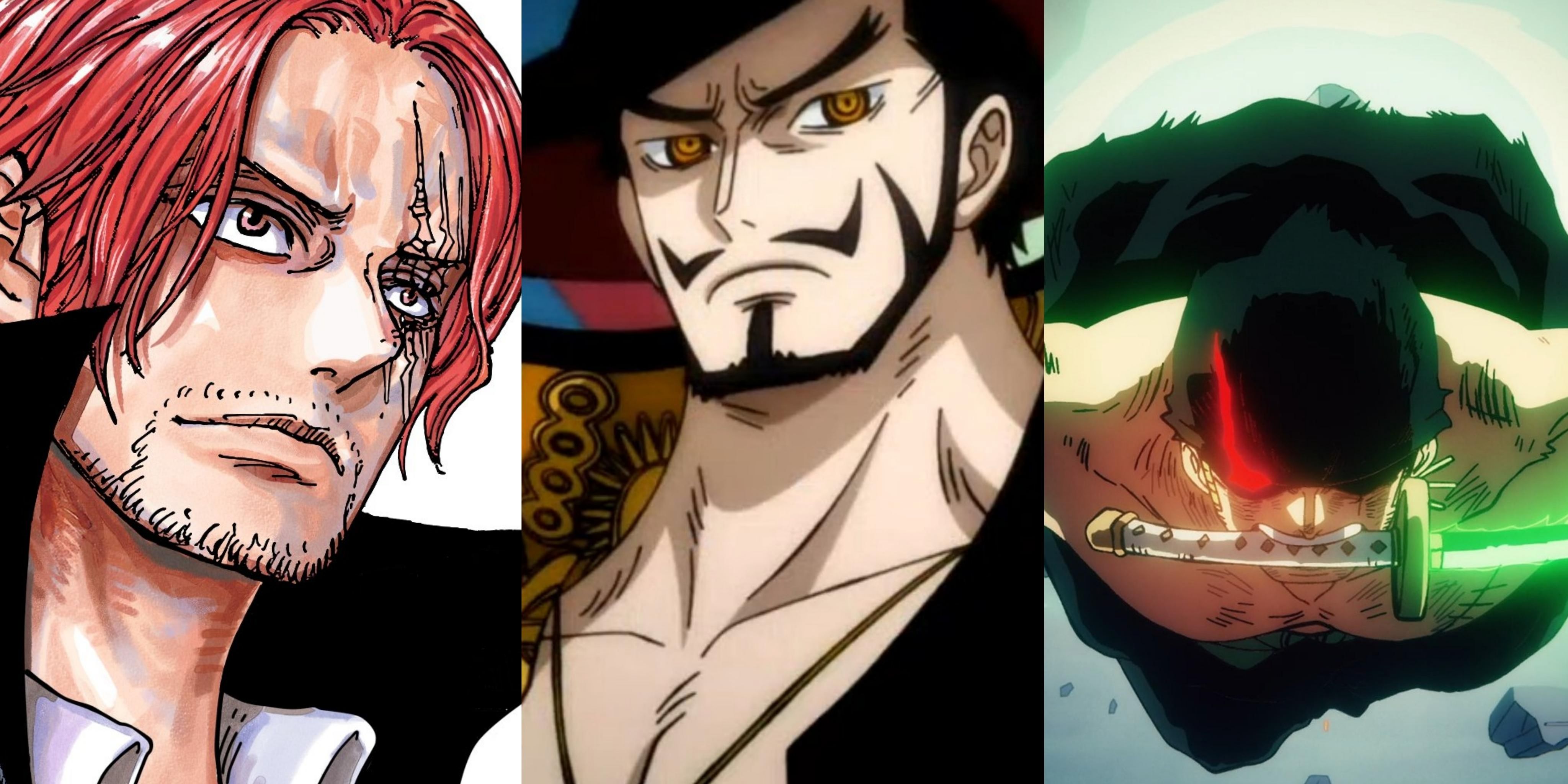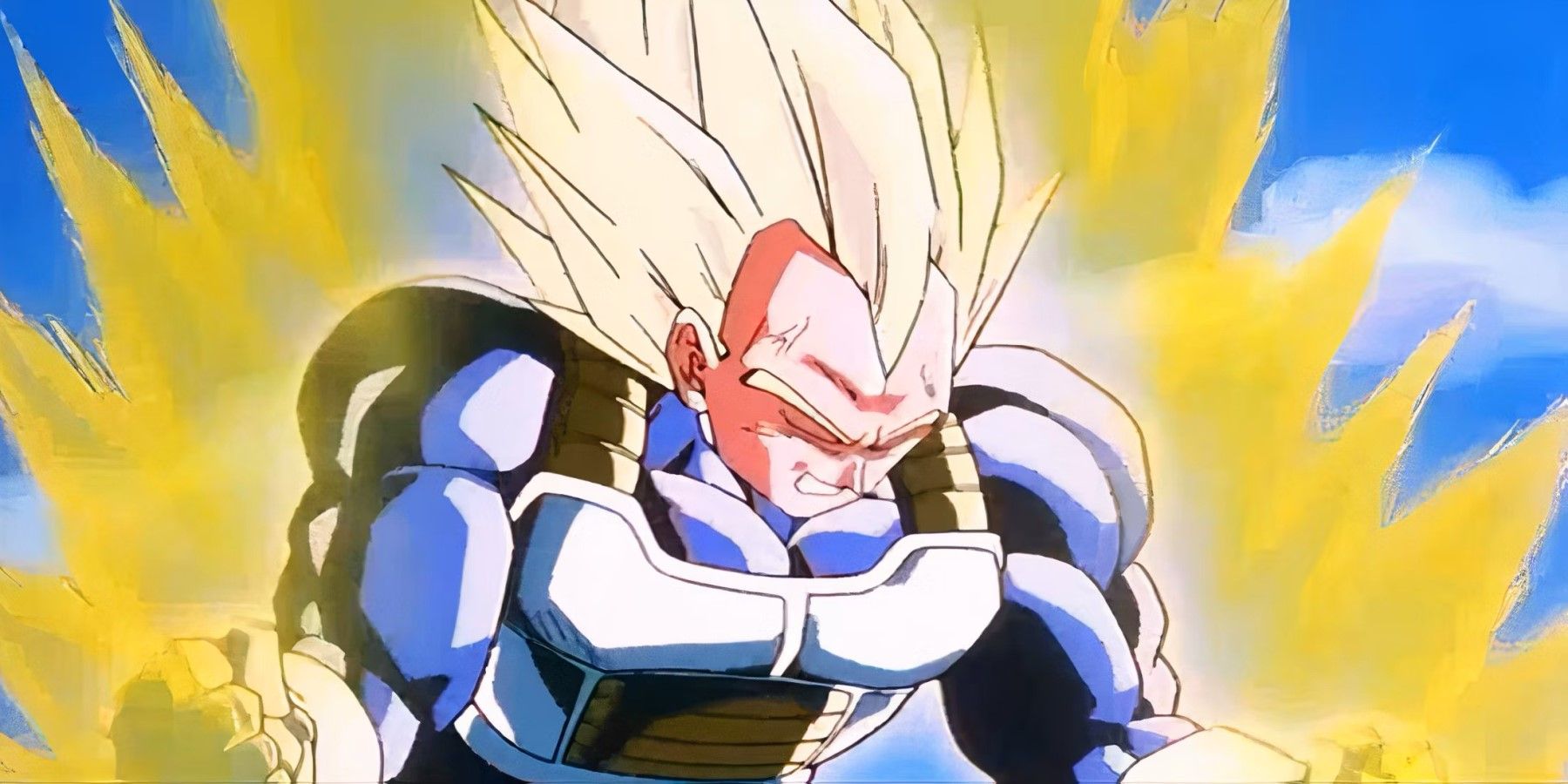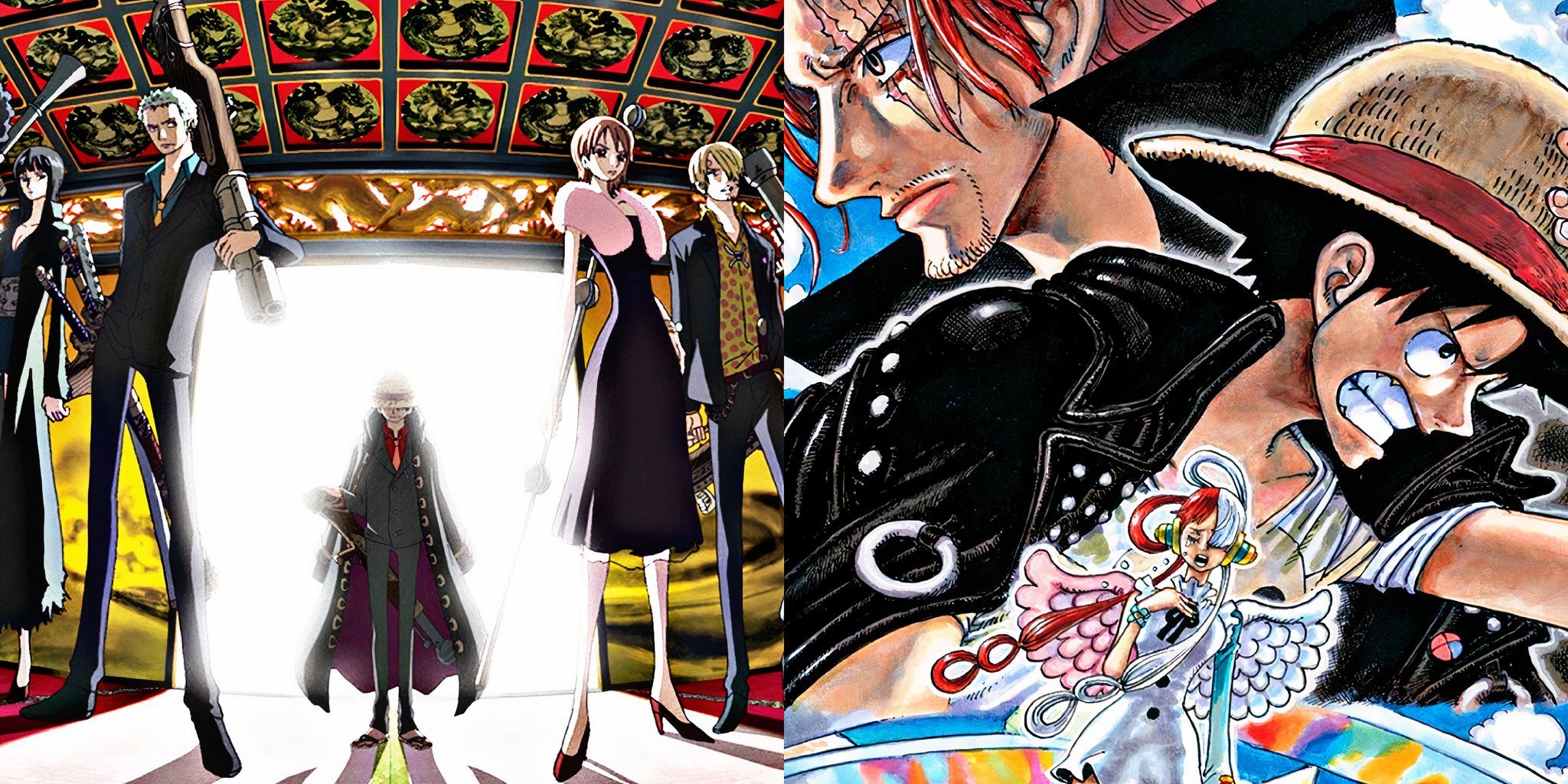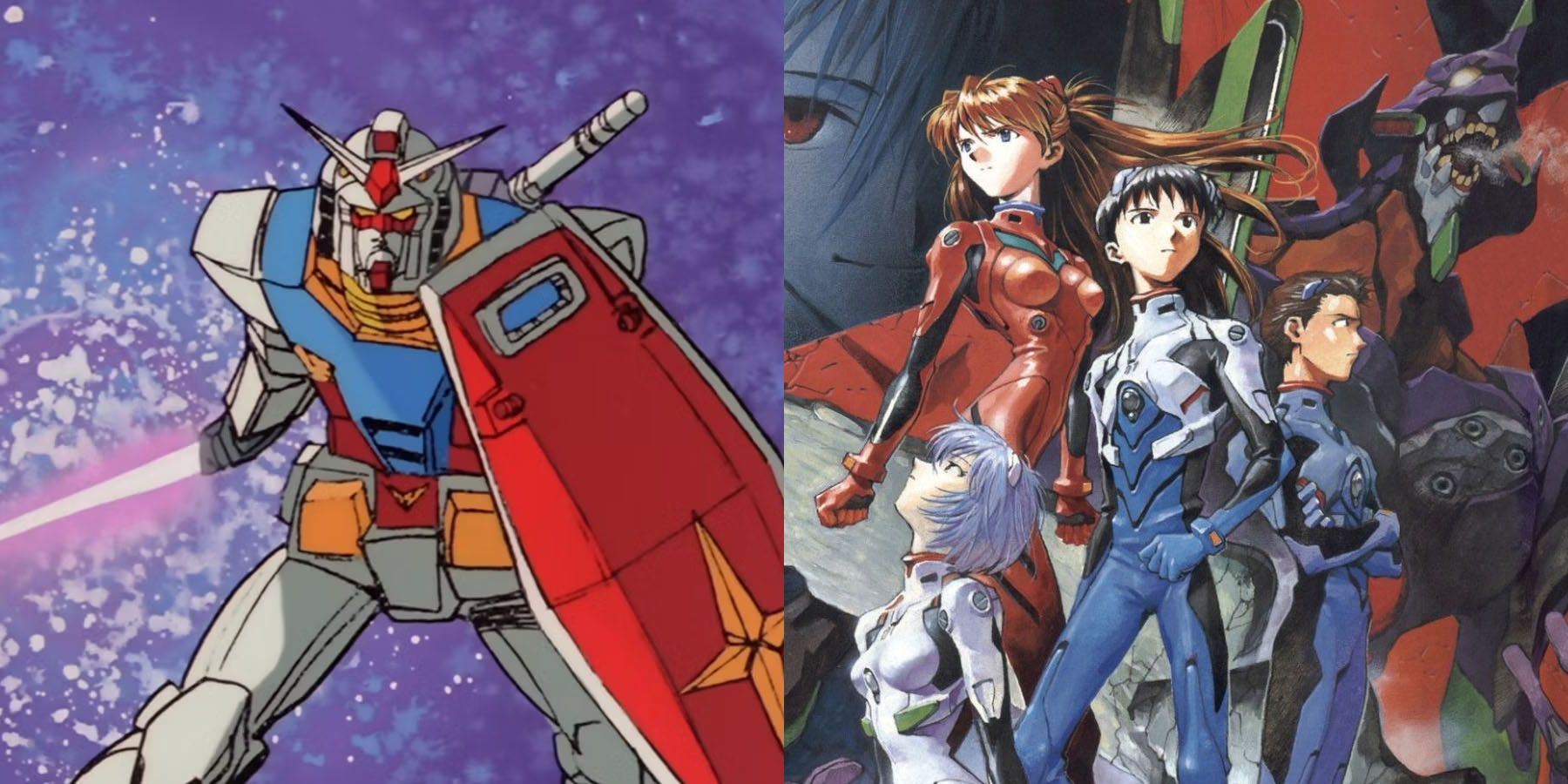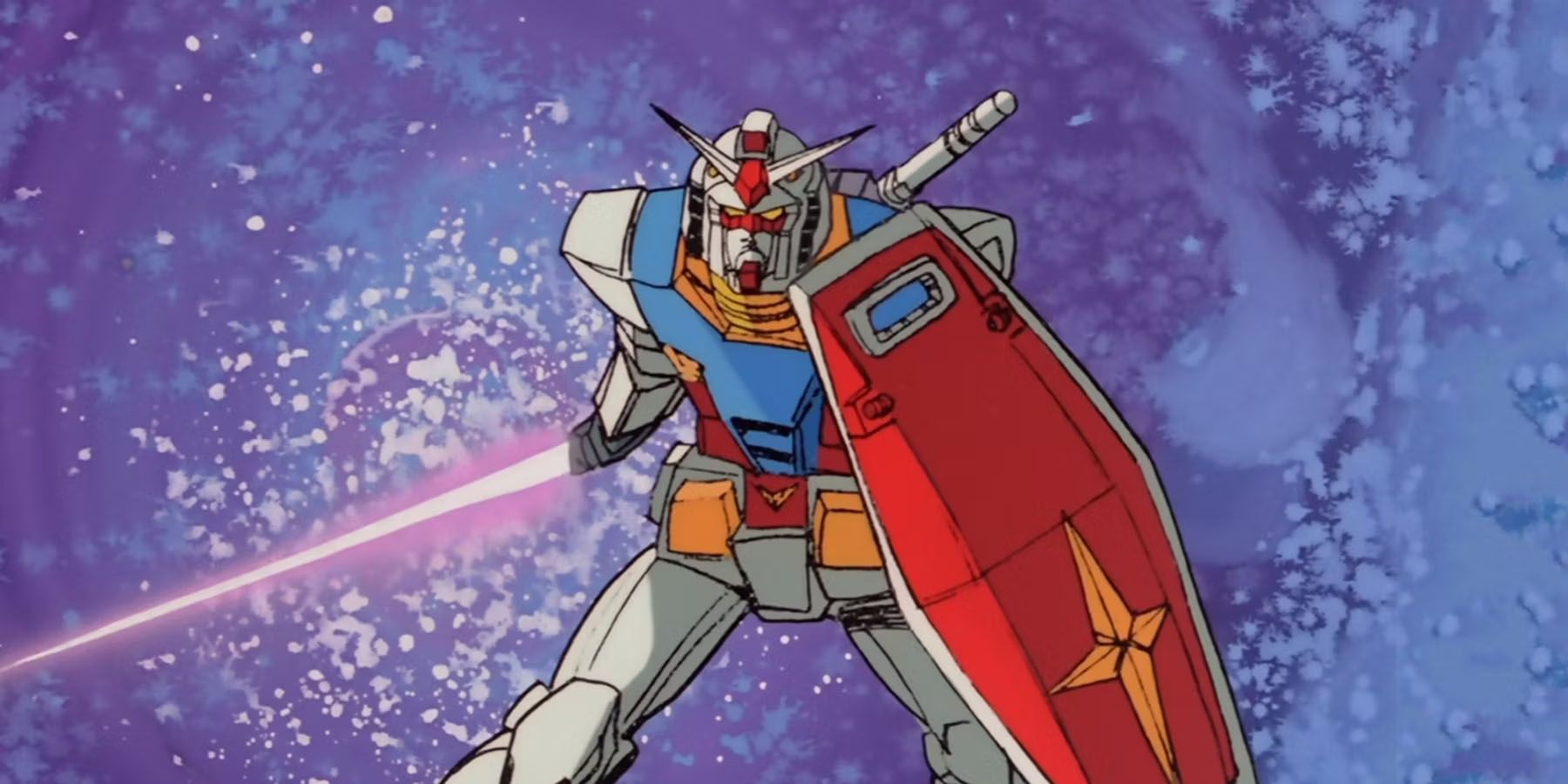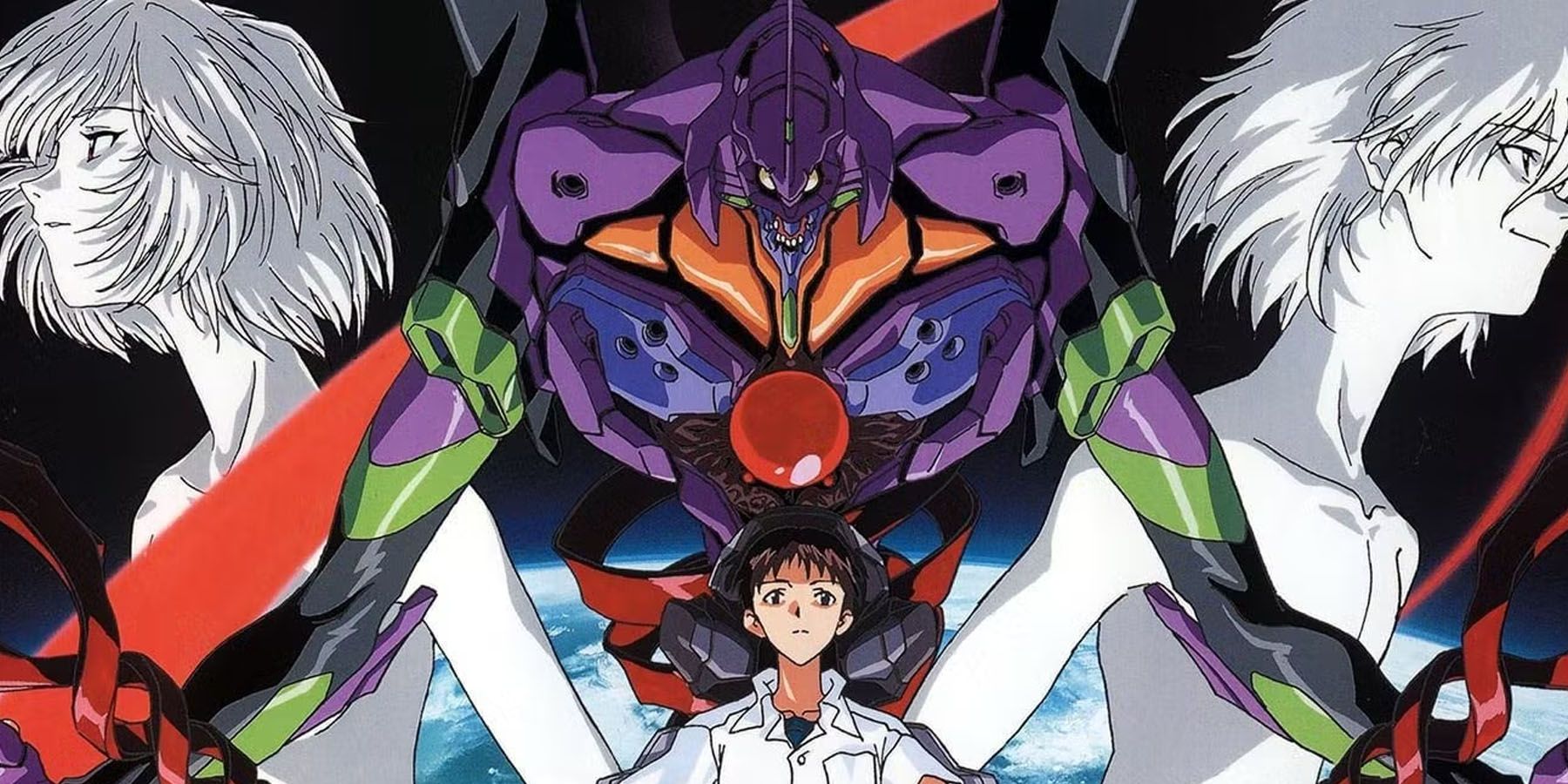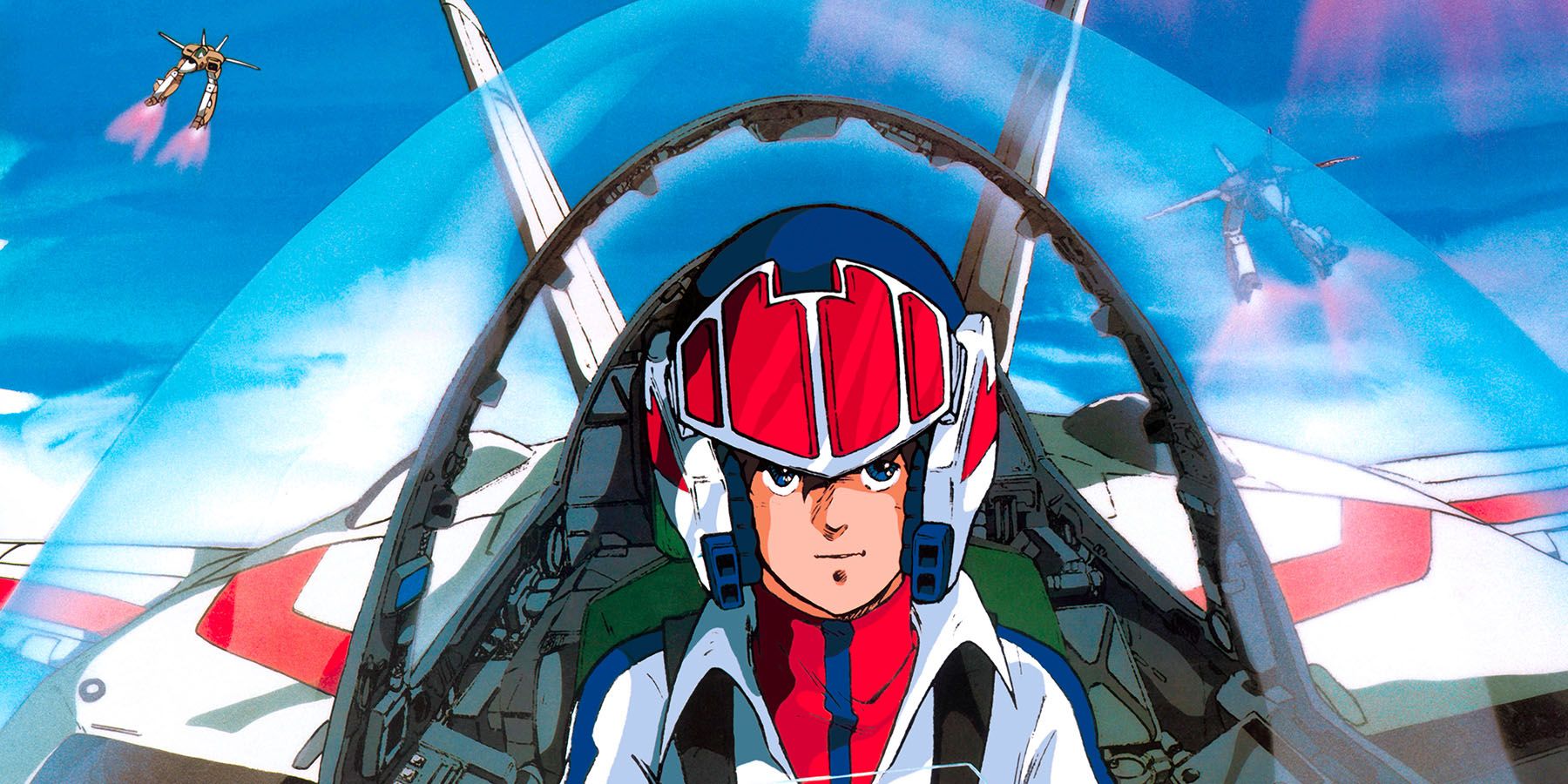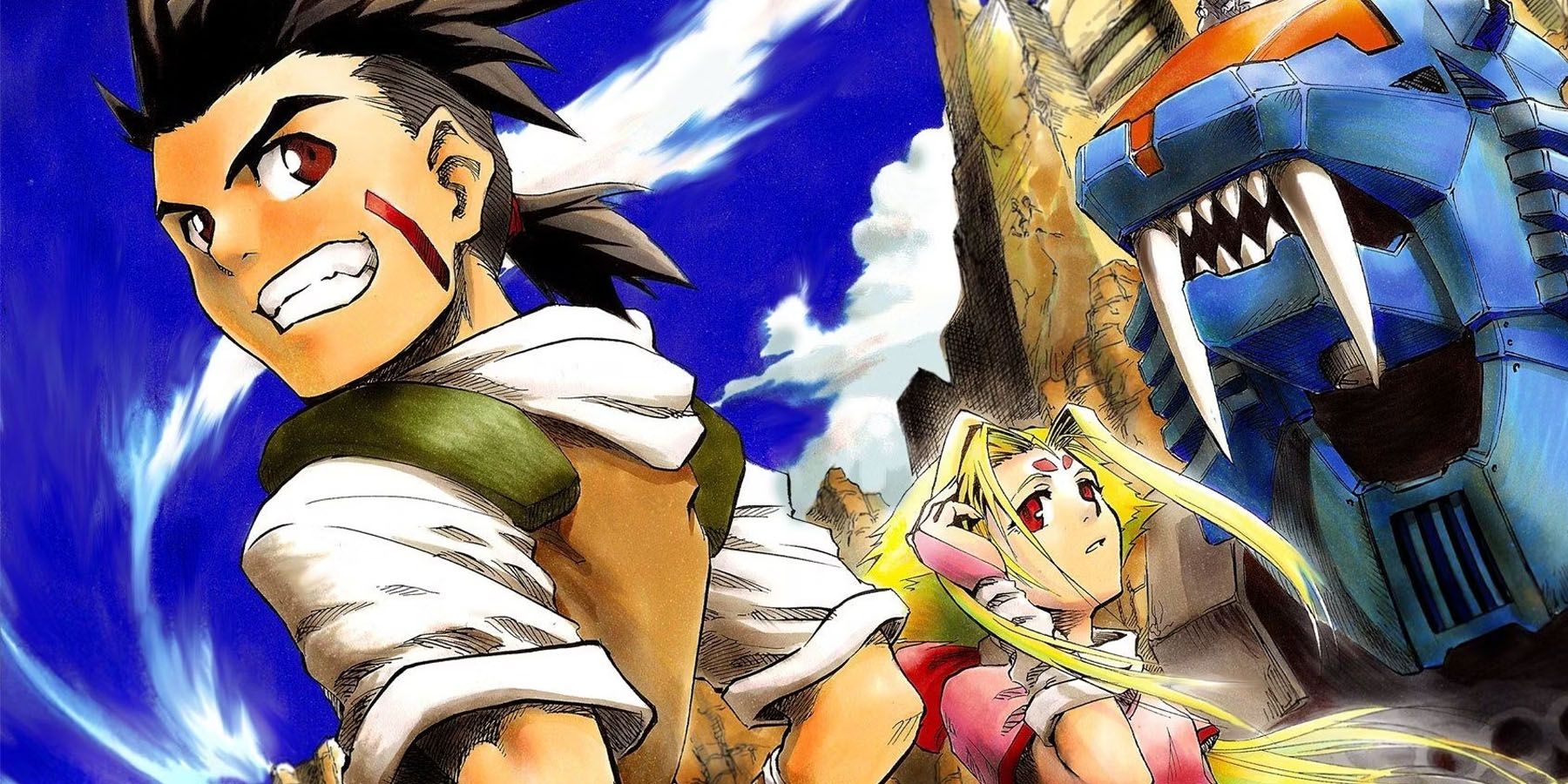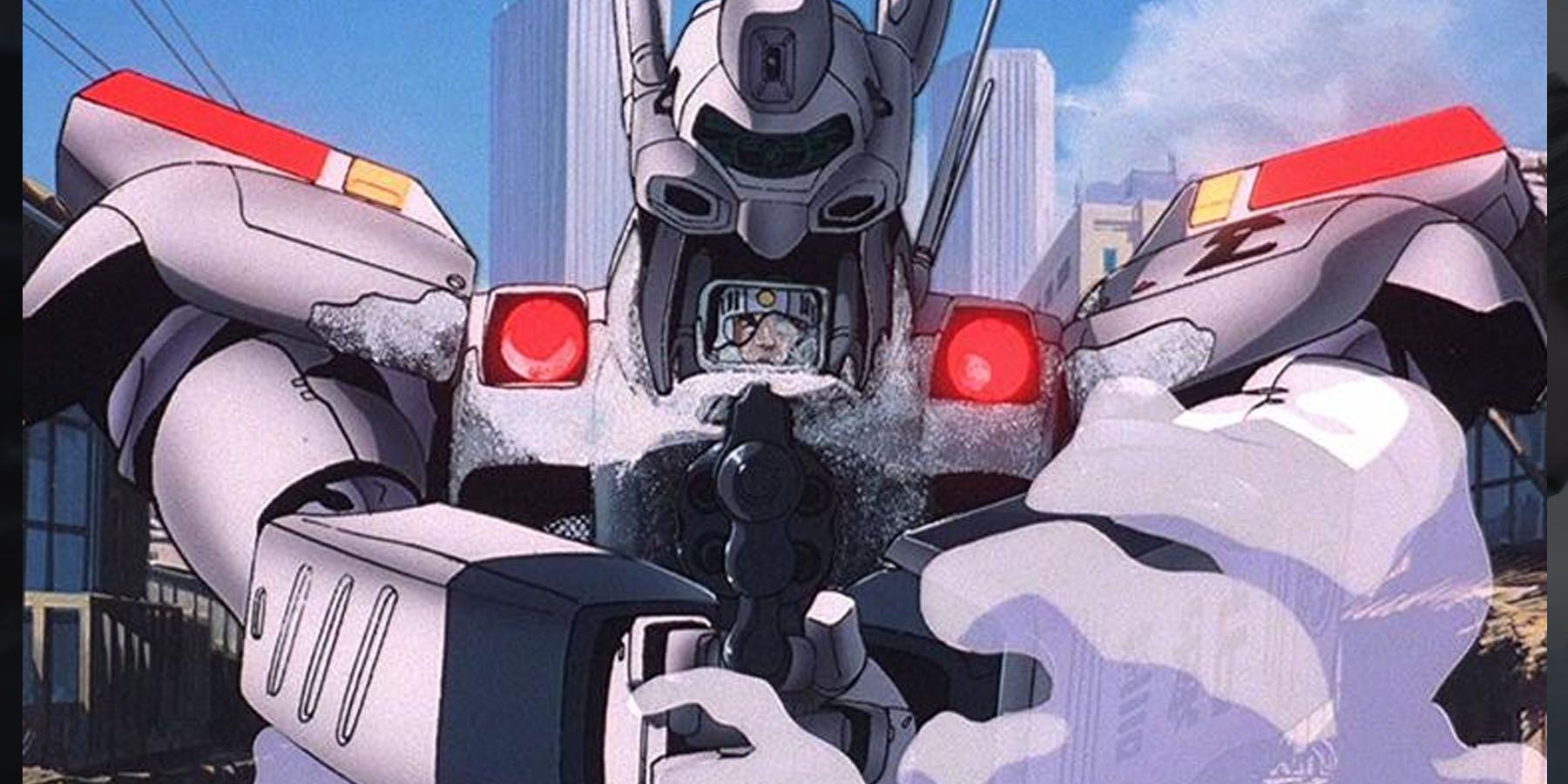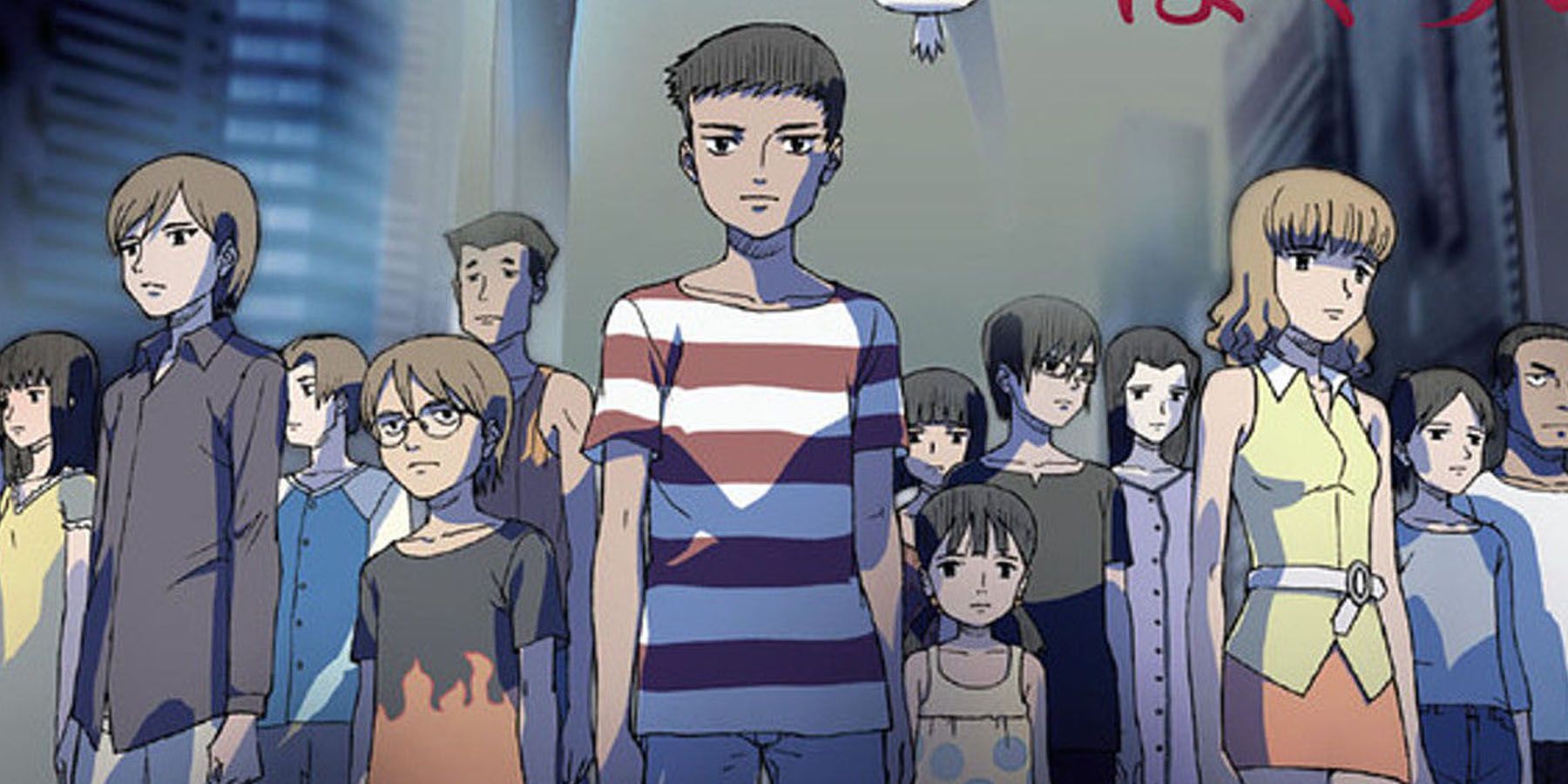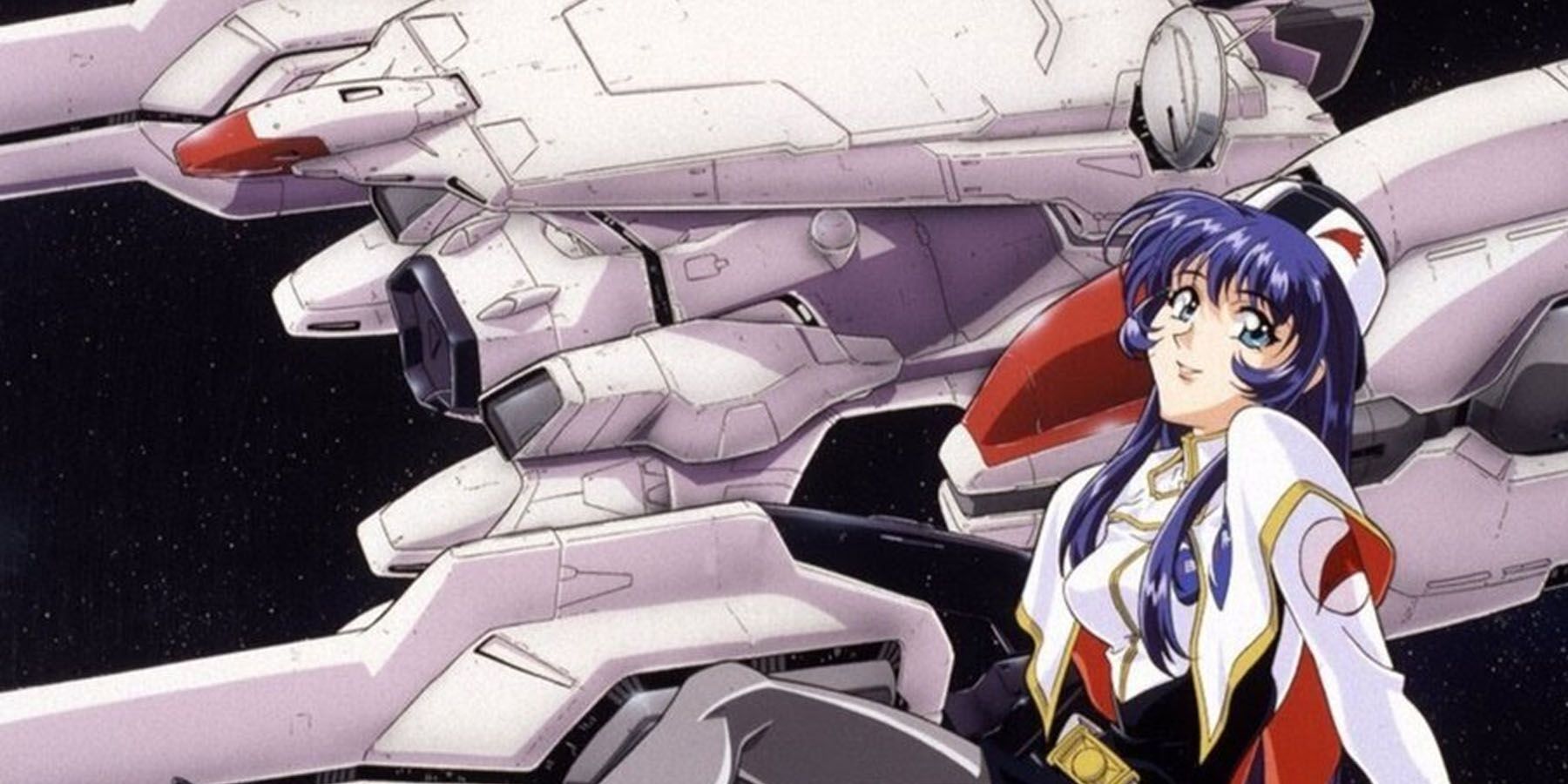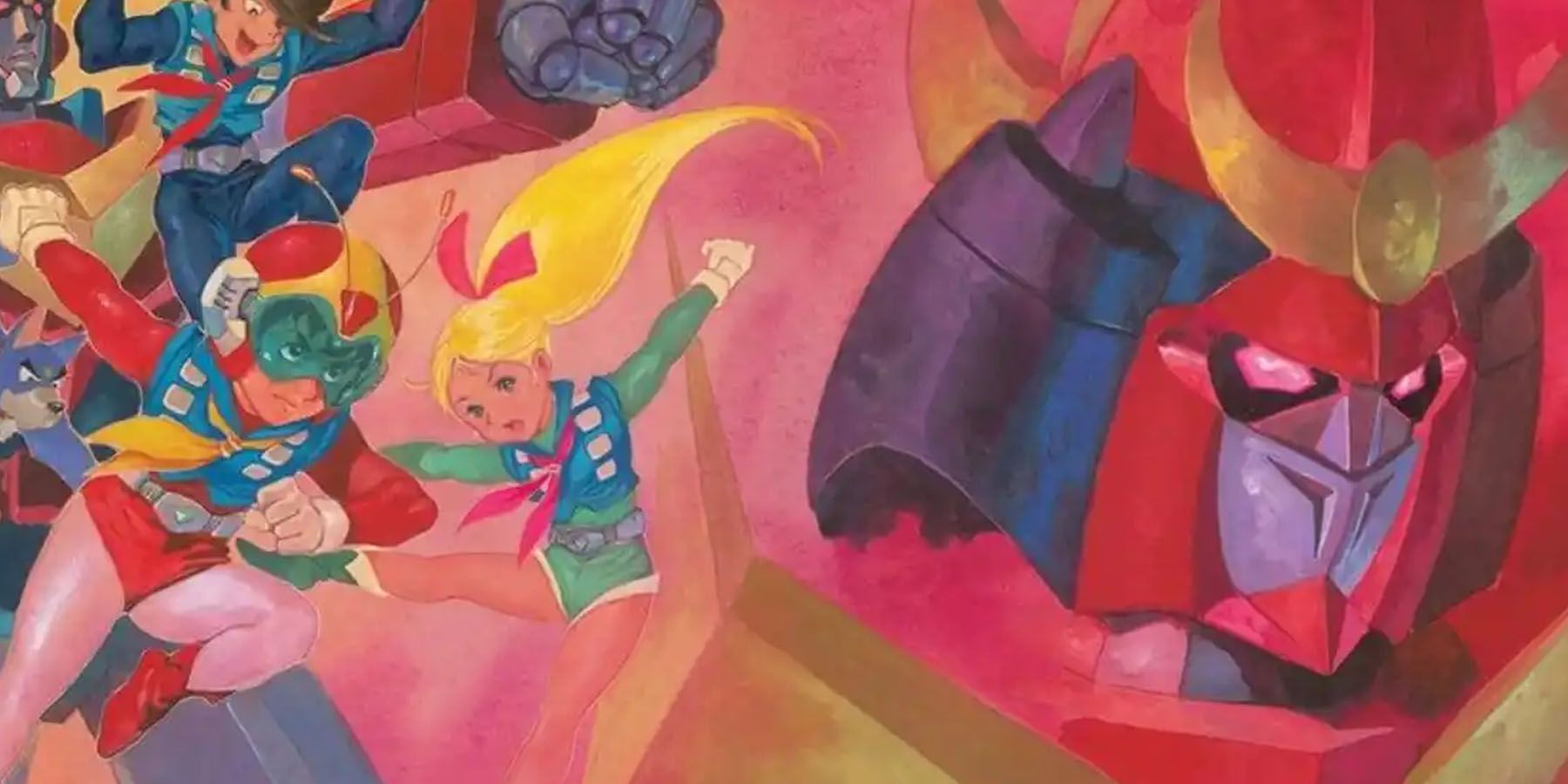Mecha in anime is almost always about the action. These anime almost always have protagonists, and their mecha wreak havoc across the battlefield in order to overcome various enemies, defeat massive robots, and even form a rivalry or two with ace pilots from the opposing organization. Every now and then, audiences are surprised with awesome mecha animations, upgraded forms, and even wild gimmicks involving the mecha’s weapon and even special abilities.
With a lot of mecha anime often focusing on visuals and comebacks, it’s often surprising when an anime tries to deconstruct the genre and its many elements. Some of these mecha deconstructions tackle not just unexplored topics and concepts but even attempt to cross over other genres and try approaches to storytelling and take the genre to its extremes.
8 Mobile Suit Gundam (1979)
Fans of mecha today would immediately associate the genre with the Gundam franchise, and for good reason. After all, it’s a Gundam anime’s riveting storylines interspersed with intense action sequences that make each series quite an unforgettable ride. However, perhaps the original Mobile Suit Gundam released in 1979 was a genre-turner of its own.
Prior to 1979, mecha anime belonged under the umbrella of the “Super Robot” genre, where immense robots are made to combat threats to the planet Earth. It’s the arrival of Amuro Ray and the RX-78 Gundam and the terrible consequences of the One-Year War between the forces of the Earth Federation and the Principality of Zeon that showed how robots could become weapons of war.
7 Neon Genesis Evangelion (1996)
Outside Gundam, perhaps the Evangelion would be the immediate next image that pops to mind when the term “mecha” is mentioned. They first appear in Neon Genesis Evangelion, a 1996 mecha anime series detailing the adventures of Shinji Ikari and his reluctant journey to becoming the hero that saves the world from threats only known as Angels. However, outside the usual intense mecha action and the occasional character development similar to Gundam series, Neon Genesis Evangelion deconstructs both the mecha and shonen anime genres by diving deep into human philosophy and psychology.
Throughout the course of the anime, Evangelion explores not just how the eponymous Evangelion protects the Earth from Angels. Rather, the anime takes a deep dive into the psyches and motivations of the pilots and the people around them. Throughout the last half of the anime, Evangelion goes full-philosophical as the true intentions into making the Evangelion are revealed - resulting in a rather mind-boggling moment that resulted in a couple of films and even a reboot series.
6 Super Dimension Fortress Macross (1982)
Those interested in the mecha genre might have encountered Super Dimension Fortress Macross as a recommended watch. Interestingly enough, Macross aimed to deconstruct the usual popular mecha like Gundam before venturing out to build its own sci-fi franchise. At its core, the anime takes place in 2009 when a large alien fleet suddenly attacks Earth after discovering that the spacecraft SDF-1 Macross was actually constructed from the remains of a city-sized alien spacecraft. While protagonist Hikaru Ichijyo accidentally pilots the VF-1 Valkyrie to save the Earth forces, their use of the experimental Fold System took the Macross and the South Ataria Island to the edge of the Solar System. They now have to traverse the entirety of the Solar System to travel back to Earth or else lose the planet to aliens.
Despite the convoluted plot of Macross, it’s this very down-to-earth take on the mecha genre that makes the series a rather interesting deconstruction of the genre. Aside from the anime taking place from the perspective of civilians, Macross also popularized the transforming mecha genre. The VF-1 Valkyrie isn’t just a fighter jet but is a “variable fighter” capable of having attachments, becoming a bipedal gun-toting mecha, and even a full-fledged robot.
5 Zoids: Chaotic Century (1999)
While the biomechanical animal robots known as Zoids were already introduced in 1982 as “Mechabonica,” it was Zoids: Chaotic Century in 1999 that showed the anime’s true potential. The anime takes place on the planet Zi where biomechanical life-forms known as Zoids live in prosperity but are often piloted for their combat potential. Teenager Van Flyheight gets thrust deep into the conflict between the Helic Republic and the Guylos Empire after discovering a girl named Fiona and the Organoid named Zeke.
What perhaps makes Zoids a rather interesting take on the mecha genre is primarily its featuring of mecha animals, instead of the usual humanoid robot for its starring technology. Not only that, but the Zoids in Chaotic Century are also living creatures in their own right, which is definitely a surprising approach to the often tool-like Zoids.
4 Patlabor (1988)
Fans on the lookout for a more “classic” take on the mecha genre may have heard of Patlabor. Released in 1998, the Patlabor manga series originally takes place in the near-future era of 1998-2002, where mecha called “Labors” are now employed in various sectors of the economy. The story of the anime explores the adventures of Tokyo Metropolitan Police and its Patrol Labors (Patlabors), designated to combat crime and terrorism.
Given how the anime also focuses on protagonist Noa Izumi and the Special Vehicle Section 2, Division 2 team, the Labor mecha is given special emphasis due to their contributions to the plot and fight scenes. However, whereas other mecha anime usually had mecha as combat machines, mecha outside the core Patlabor units are rather plain and uninteresting - possibly denoting the reality of a world with robots.
3 Bokurano (2007)
In a bid to deconstruct the “Real Robot” genre that Gundam started, Bokurano combines both the mecha genre with the tournament trope. The story talks of 15 children who stumble upon a mysterious technological haven by a man known as Kokopelli. After convincing them to enter a contract about a robot game, the kids are now tasked to use the robot known as Zearth and protect it against various aliens.
While this seems like the typical mecha premise, here’s the catch: kids who pilot Zearth rely on life essence to power the robot, meaning they likely die after each battle. Not only that, it seems the Earth is at stake with each battle they enter. Such was the brutal nature of the original manga that anime director Hiroyuki Morita asked manga author Mohiro Kitoh if there was a way to save the child pilots, especially when the history and psychological states of each child are explored in each episode.
2 Martian Successor Nadesico (1999)
It’s the year 2196, and Earth is deep in war with an alien species known as Jovian Lizards. The planet’s only hope lies in the new warship called the ND-001 Nadesico - which, unfortunately to them, has a crew who doesn’t seem to be that too invested in saving the world as first priority. Martian Successor Nadesico takes the usual mecha trope of an ace pilot using a mecha backed up by an advanced ship, only this time, the ace pilot (Akito Tenkawa) wants nothing to do with combat and only wants to cook.
As a result, much of Nadesico involves hilarious antics in between a rather intense wartime environment. While Nadesico as a classic anime is more comedy than action drama, the anime deconstructs the serious tropes often attached to series like Gundam, and particularly those Battleship Yamato, which exemplifies the crew experience.
1 Super Mecha Zambot 3 (1977)
One of the earliest ways anime tried to deconstruct the popular Super Robot genre was with Super Mecha Zambot 3, which was released rather early in its time. Featuring a 1977 release, Zambot 3 begins when survivors from a distant planet known as Beal retreat to Earth to start new lives as three (3) families. One such family, the Jin Family, prepares for the eventual invasion of the Gaizok through machines known as the Mecha Boosts.
Despite this ordinary premise, however, Zambot 3 tries to veer away from the “weirdness” of alien invaders and instead grounds their story in realistic motifs. For instance, the Jin Family has to face heavy criticism from Earth’s civilians, who often blame them for bringing aliens to the planet in the first place. Likewise, the anime tries to “realistically” explain mysterious technologies and even the need for teenage pilots.

